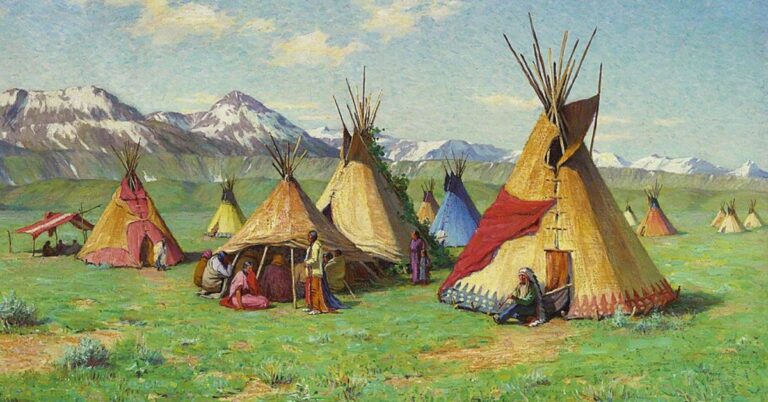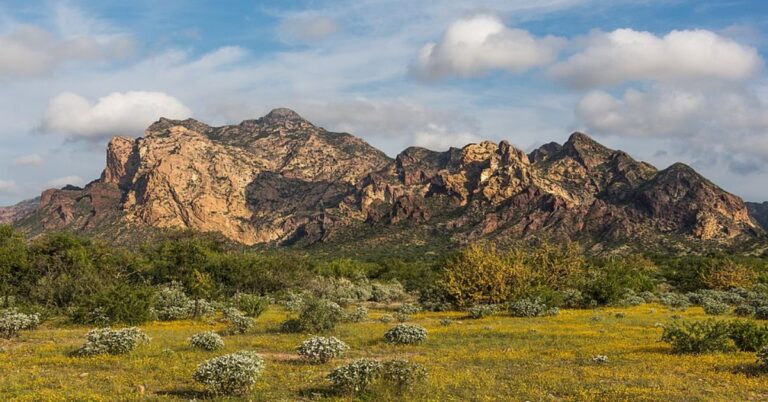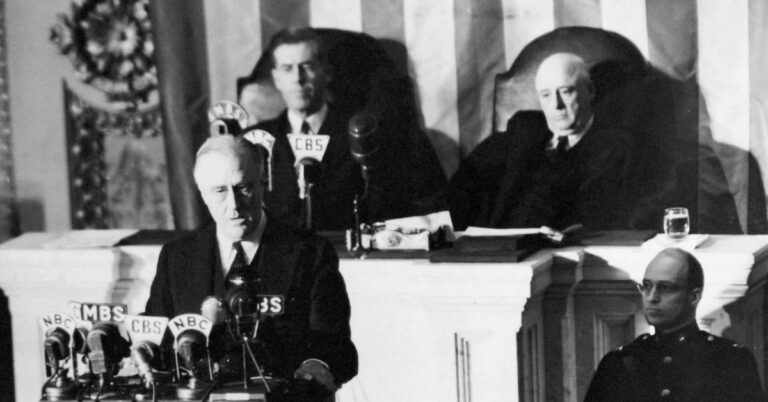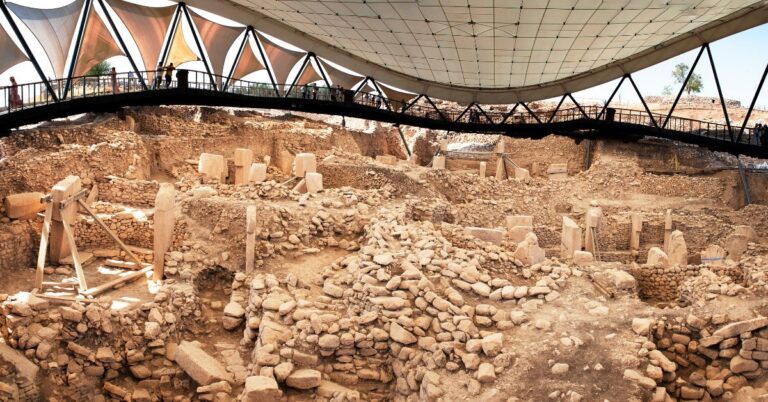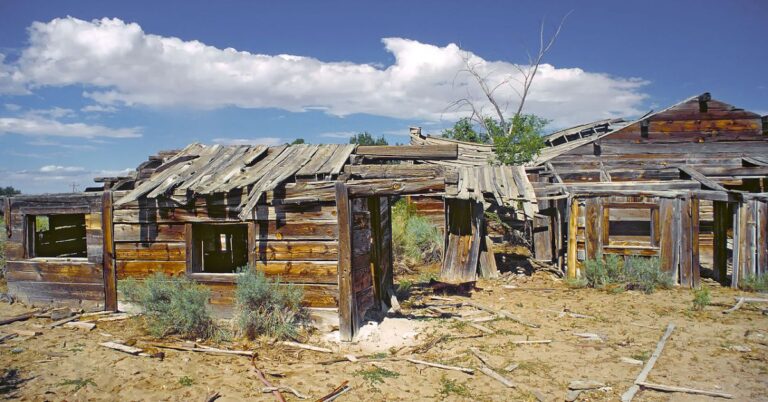15 Countries With Nuclear Histories And Hidden Stockpiles
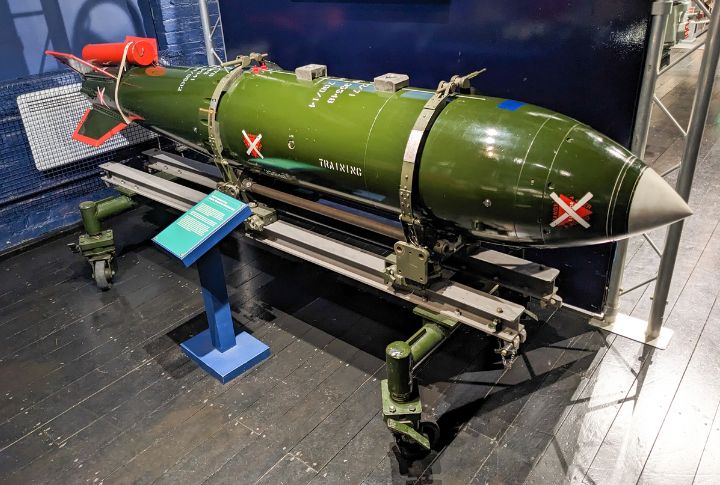
Naming nuclear powers often brings to mind just a few big players. But the reality is more complex. Some countries once held nukes and gave them up, others host borrowed weapons, and a few quietly develop capabilities. This list highlights 15 nations tied to nuclear weapons in surprising ways.
United States Of America
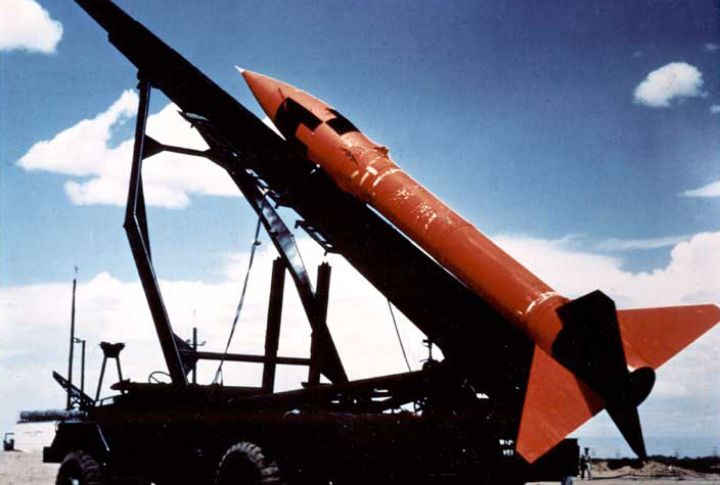
America tested its first nuclear bomb in 1945 and now controls about 5,244 warheads. Its nuclear triad includes submarines, bombers, and land-based missiles. Several U.S. bombs are also stationed across Europe as part of NATO’s defense strategy, reinforcing its global nuclear reach.
UK
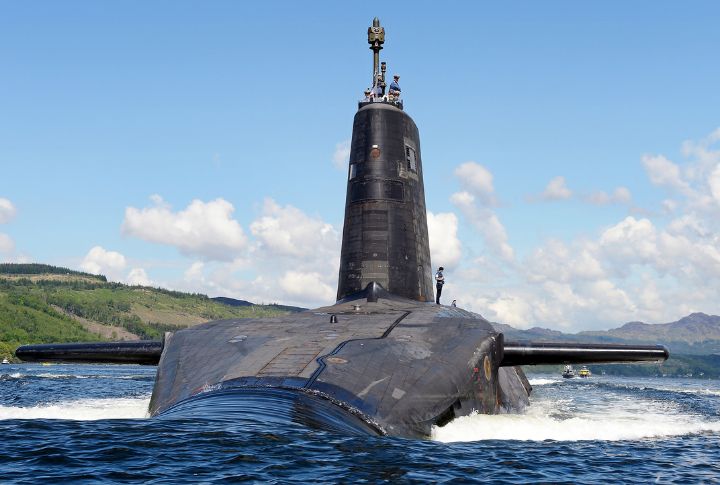
The UK entered the nuclear club in 1952 with Operation Hurricane. Its early program merged with the U.S. Manhattan Project. Currently, it has an estimated 225 warheads deployed on four Vanguard submarines, providing continuous at-sea deterrence. The UK remains committed to a minimum credible deterrent under the NPT.
Russia

The country leads the world with approximately 5,580 nuclear warheads. It inherited much of the Soviet arsenal after 1991 and still operates hundreds of silo-based ICBMs. With active deployments, mobile launchers, and submarine fleets, Russia’s nuclear force remains central to its global military strategy.
India
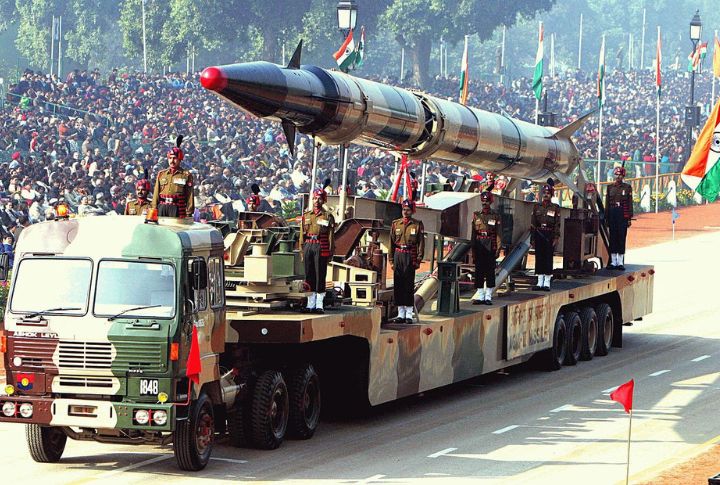
Starting with an explosion in 1974, India has built a stockpile of about 180 warheads. It publicly commits to a No First Use policy. India’s fusion of space tech and nuclear science keeps it rising fast, especially through projects like fast-breeder reactors and advanced missiles.
Pakistan
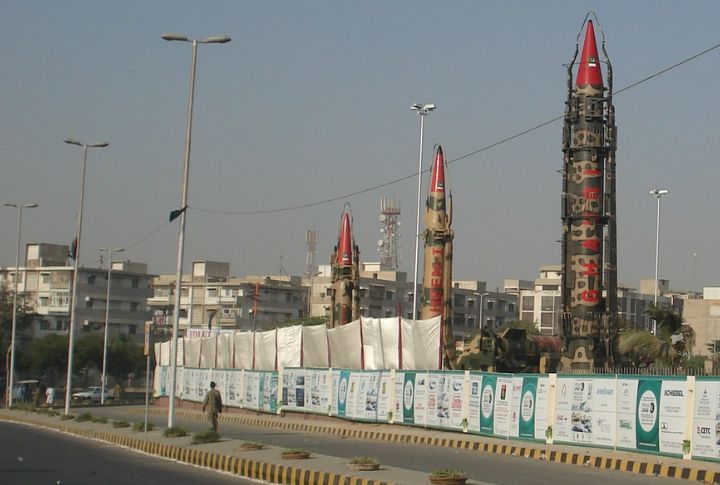
With around 165 warheads, Pakistan’s nuclear arsenal surpasses India’s. Its 1998 tests marked its arrival on the world stage. The country’s tactical nuclear program is expanding, and it has never signed the NPT. Much of its nuclear legacy traces back to scientist A.Q. Khan’s network.
Israel
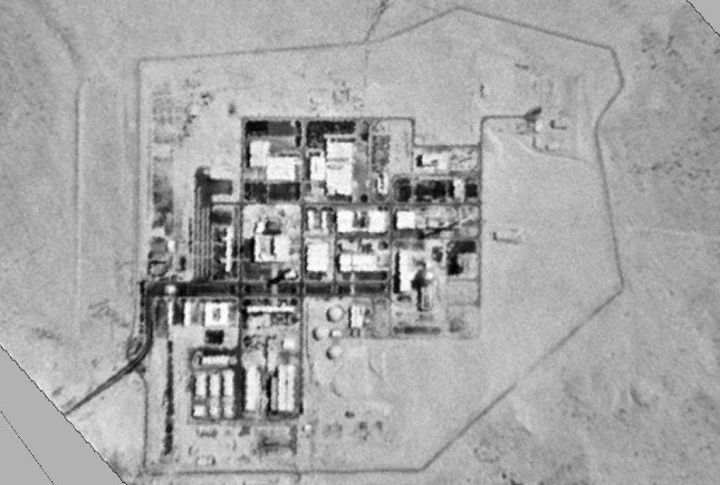
Though it’s never officially admitted it, Israel likely holds 80–90 nuclear weapons. Its Dimona reactor is central to the program. Refusing to join the NPT, Israel embraces a strategy of ambiguity, keeping both its allies and rivals guessing about its true nuclear reach.
North Korea
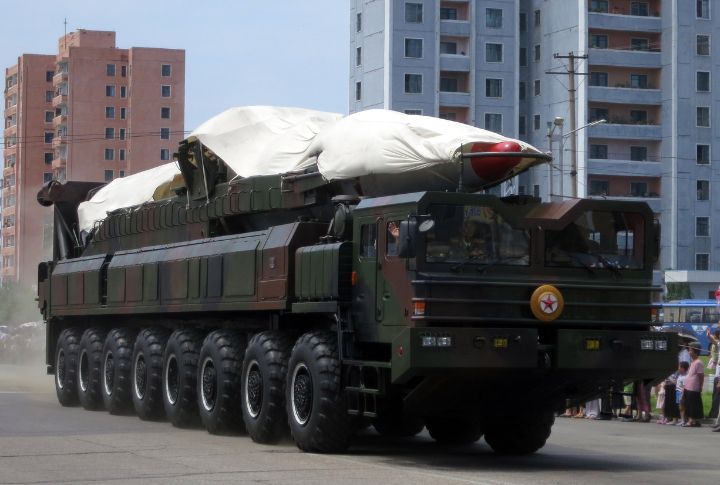
The country’s nuclear tests began in 2006, and North Korea may now hold from 30 to 50 warheads. Its missiles threaten U.S. allies and possibly the mainland. International pressure hasn’t slowed development. Pyongyang uses its arsenal as both a shield and a political bargaining chip.
Belarus
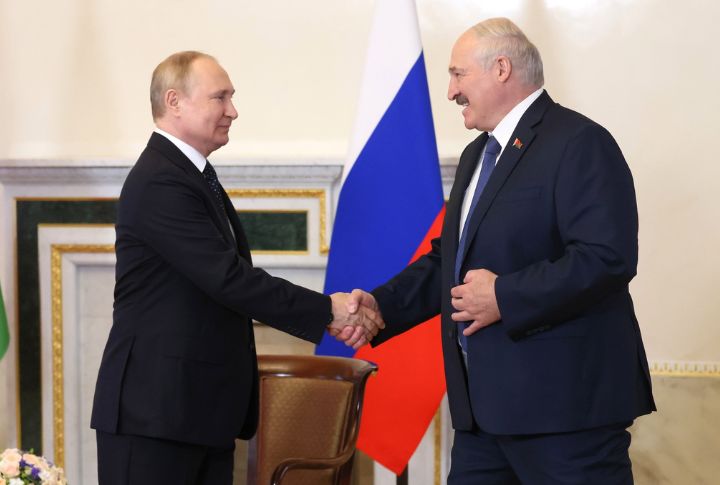
While it gave up Soviet nukes by 1996, Belarus’s position has shifted. President Lukashenko now welcomes Russian tactical weapons back. Sitting between NATO and Russia, Belarus has become a potential launchpad again. Officially, it is non-nuclear under the NPT, and its status could change in practice.
Ukraine
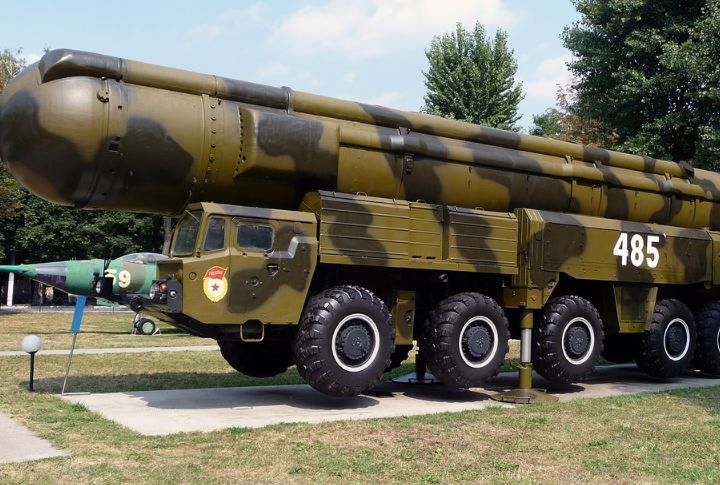
After the Soviet collapse, Ukraine briefly held 1,900 nuclear warheads. By 1996, gave it up in exchange for security under the Budapest Memorandum. Today, Russia’s invasions have reignited fierce debate over whether disarmament was the right decision for Ukraine’s sovereignty.
Germany
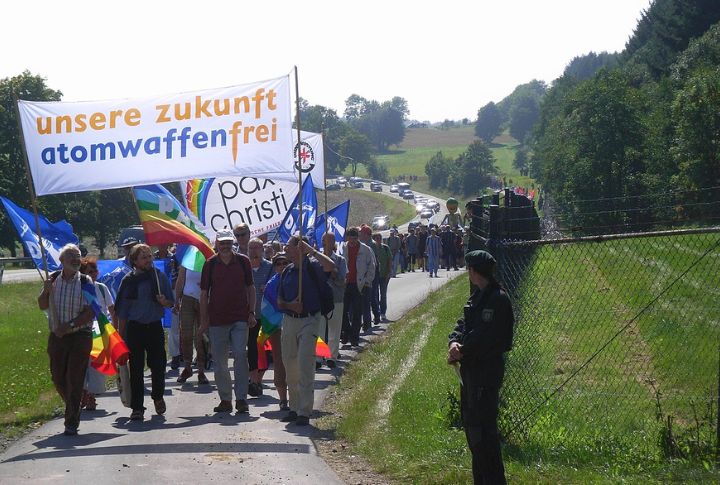
Roughly 20 U.S. B61 bombs sit quietly on German soil under NATO’s sharing deal. German pilots train to deliver them despite the country’s official non-nuclear status. Public awareness is low, but domestic political debates over removing these weapons continue to heat up across Germany.
Turkey
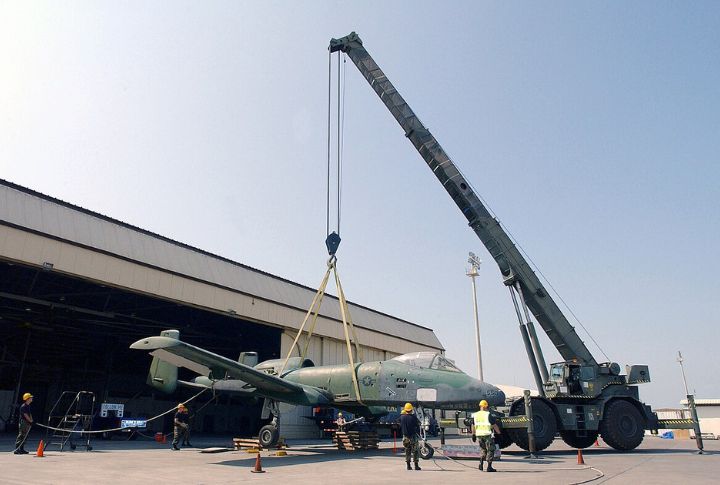
At Incirlik Air Base, U.S. tactical nukes are stored within Turkey’s borders. The country participates in NATO’s nuclear sharing. President Erdogan has expressed interest in developing a domestic arsenal. After a failed coup in 2016, questions about the security of these weapons escalated sharply.
Japan
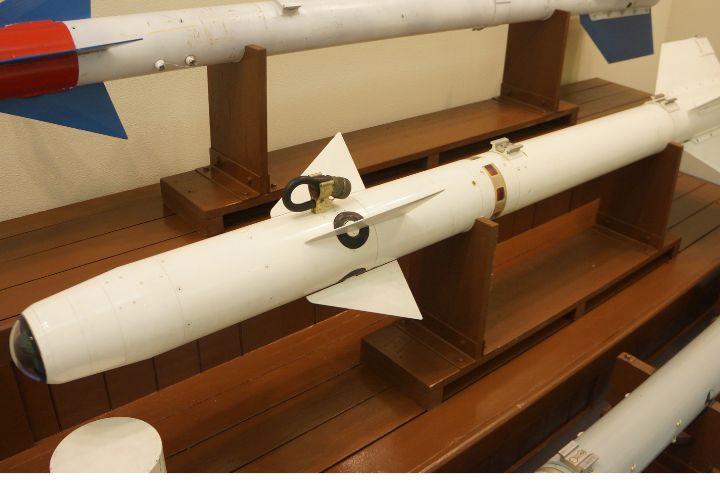
Although deeply tied to anti-nuclear values, Japan holds 45 tons of plutonium and innovative missile technology. Experts think it could produce a nuclear weapon in months. Growing regional threats from North Korea and China have fueled serious domestic debate about rethinking its position.
Brazil
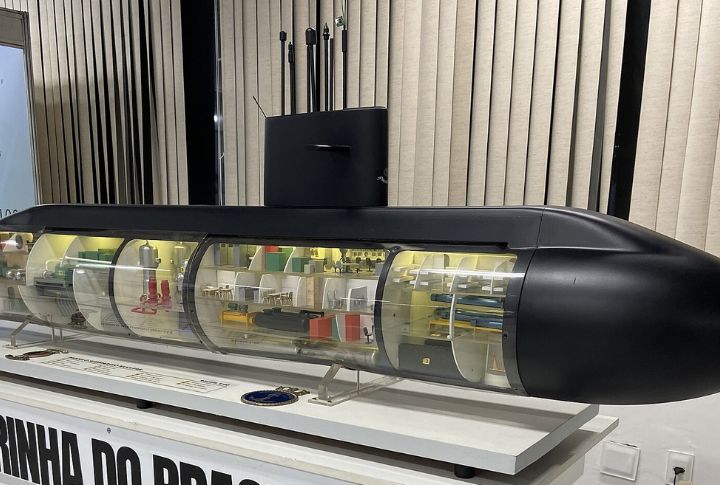
Brazil enriches uranium and is building a nuclear-powered submarine. While it’s part of a nuclear-free zone, it has never accepted full IAEA safeguards. A secret military program once explored bomb-making. Though peaceful today, its resistance to oversight keeps experts alert to its future intentions.
China
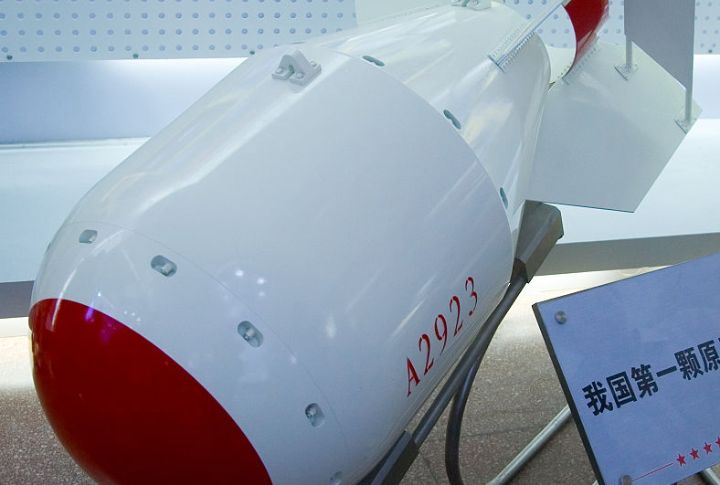
Since testing its first nuclear weapon in 1964, China has grown its arsenal to more than 600 warheads. It operates a nuclear triad and maintains a No First Use stance. Modernization includes new silos and mobile launchers while it remains a Nuclear Non-Proliferation Treaty member.
Australia
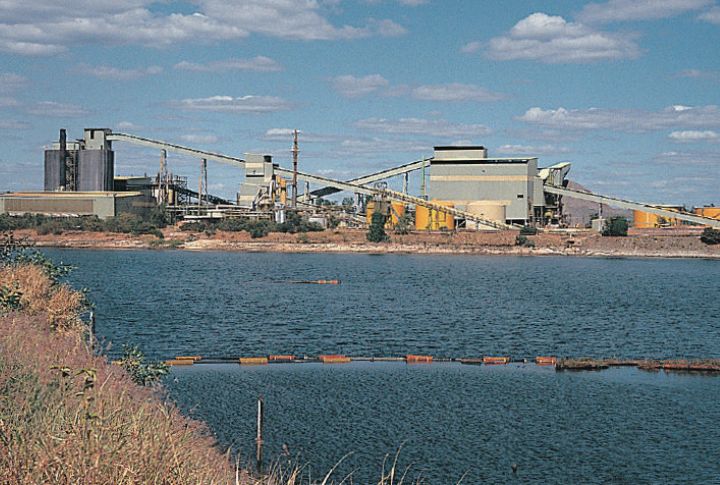
Australia hosted U.S. nukes during the Cold War and is now a partner in AUKUS, a pact involving nuclear-powered submarines. It has large uranium reserves and modern tech. Though it denies weapons ambitions, rising threats in the Indo-Pacific have sparked louder debate about nuclear defense options.


